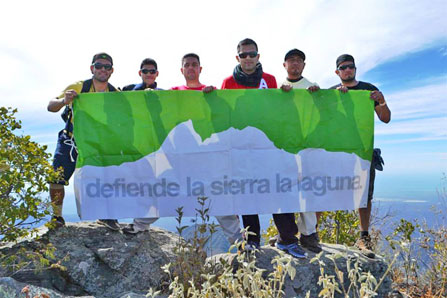Public consultation on the Los Cardones mining project one of the most attended in history
LA PAZ
The public consultation called by the Environment and Natural Resources Secretariat (Semarnat) on the Los Cardones mining project was one of the most attended of its type in the history of the country.
With thousands of attendees, and even live coverage, both civil society and academia were present on Jan. 9 to express their resounding rejection of the investment project under the auspices of Desarrollos Zapal del Grupo Invecture.
From the beginning, the opposition complained that the agency had not responded to the publics requests to make available all of the information provided by the developers.
Semarnat released the project’s investment information on Nov. 14, 2013. However, according to a statement made by the Mexican Center Environmental Law Center (Cemda) two days before the consultation, it did not include the appendices from the Environmental Impact Statement (EIS), information crucial to fully understanding the project and to being able to make responsible comments within the evaluation process.
“This violates the right to public participation and access to information,” said Agustín Bravo Gaxiola, coordinator of Cemda Northwest. “The appendices to the EIS are available in digital format and have been in Semarnat’s possession since last year; therefore it is only a question of simple logistics,” he stated.
The mining project was initially presented as Paredones Amarillos, later as Concordia, and now, for the second time, as Los Cardones.
Desarrollos Zapal de Grupo Invecture recently bought all of the Canadian company Vista Gold’s stock in order to be able to file the EIS with Semarnat for the fourth time.
The enterprise says it intends to mine ore on two sites on 1,341 acres. The operation would consist of slag heaps, a tailings dam, a processing plant, and runoff water infrastructure. Investors also say a 22-mile-long aqueduct would connect to a Pacific Coast desalinization plant; an access road would be built, and other facilities would be constructed.
The mining operation would be within the Sierra La Laguna Protected Natural Area, where a decree prohibits “the dumping or discharge of contaminants into the soil, subsoil or any type of stream or body of water, or to develop activities that contaminate the area.”

